Paired Power, a California-based manufacturer integrated solar canopy and EV charging systems, announced that it has received a U.S. patent for its PairTree freestanding design. Installers are able to assemble the canopy unit on the ground and raise it up to its final position by hand without mechanical lifts.
The process patent covers the unit’s configuration and assembly implementation. Essentially, the structure itself is a scissor lift that forms an x-brace when raised and locked into position. The design also enables the PairTree to be installed for microgrid applications in remote locations where specialized lift machinery may not be available.
Tom McCalmont, CEO of Paired Power, told pv magazine USA that the concept for the PairTree came from a desire to broaden the reach of solar canopy charges beyond big parking lots and fleet depots.
“I wondered if the canopy itself could be the lift,” he said, adding that the company tried many approaches to realize this goal. “We tried hydraulics. We tried pulleys. And finally we came came up with an approach that works really well, but it took some iteration and some invention to figure it out.”
The traditional approach of building a solar canopy is to erect a superstructure on which PV panels are secured and wired into place. This generally requires a scissor lift for the installer crews and a lot of repetitive actions over an extended period of time. Paired Power has a PairFleet design accommodating multiple charging stations that installs this way.
Large solar canopy installations generally require and require trenches for electrical cables that disrupt access to parking lots. A PairTree installation can go up in a day without any construction permitting, utility approval or digging. All that’s needed is a flat surface. The units are secured with ground screws that McCalmont said are good in 130-mile winds.
Each unit can provide Level 2 charging for one or two EVs at a time, enabling up to 150 miles of charge per day. In a typical charging scenario, drivers would leave their vehicles charging during work hours or while otherwise out and about. Multiple PairTree units can be mounted together, and the chargers can be connected to grid power sources to augment its 42 kWh of internal battery storage, although this is optional. Units can also be connected to existing solar arrays.
According to McCalmont, the key benefit of the PairTree system is that it can be installed essentially anywhere using hand tools and without required construction work. This opens up the possibility of businesses providing EV charging for employees or customers where they may be leasing the property. The straightforward assembly and modest footprint also makes the units attractive for customers that are converting from gas vehicles to electric ones and don’t need a large charging infrastructure.
Paired Power is also pursuing the microgrid market. McCalmont said the PairTree consists of integrated solar, inverter, battery and charging systems from dedicated suppliers. Paired Power, as the systems integrator, is the single source for customer service. It provides data monitoring its installations to detect problems, hopefully before service is interrupted.
“By integrating all the components, we can make sure it works as a seamless whole and have very high reliability,” McCalmont said.
This content is protected by copyright and may not be reused. If you want to cooperate with us and would like to reuse some of our content, please contact: editors@pv-magazine.com.
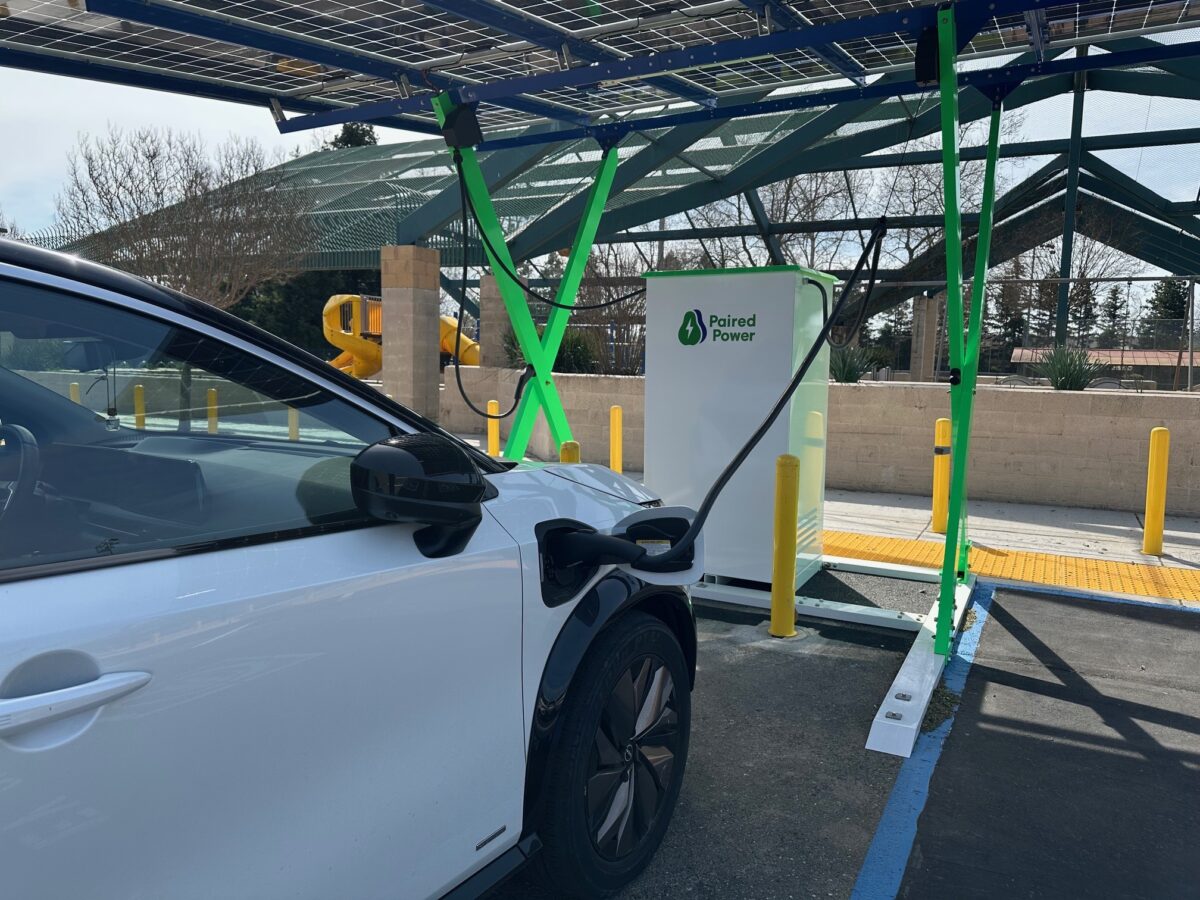



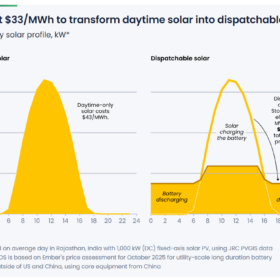
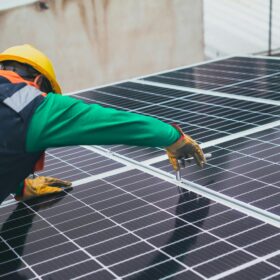

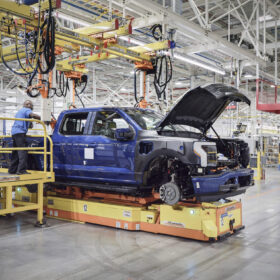
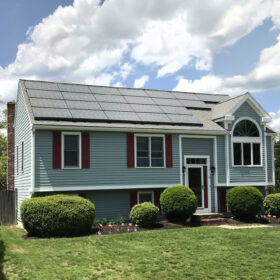
While I acknowledge the efficiency gains from partial digitization, the abrupt shutdown reflects poor strategic follow-through